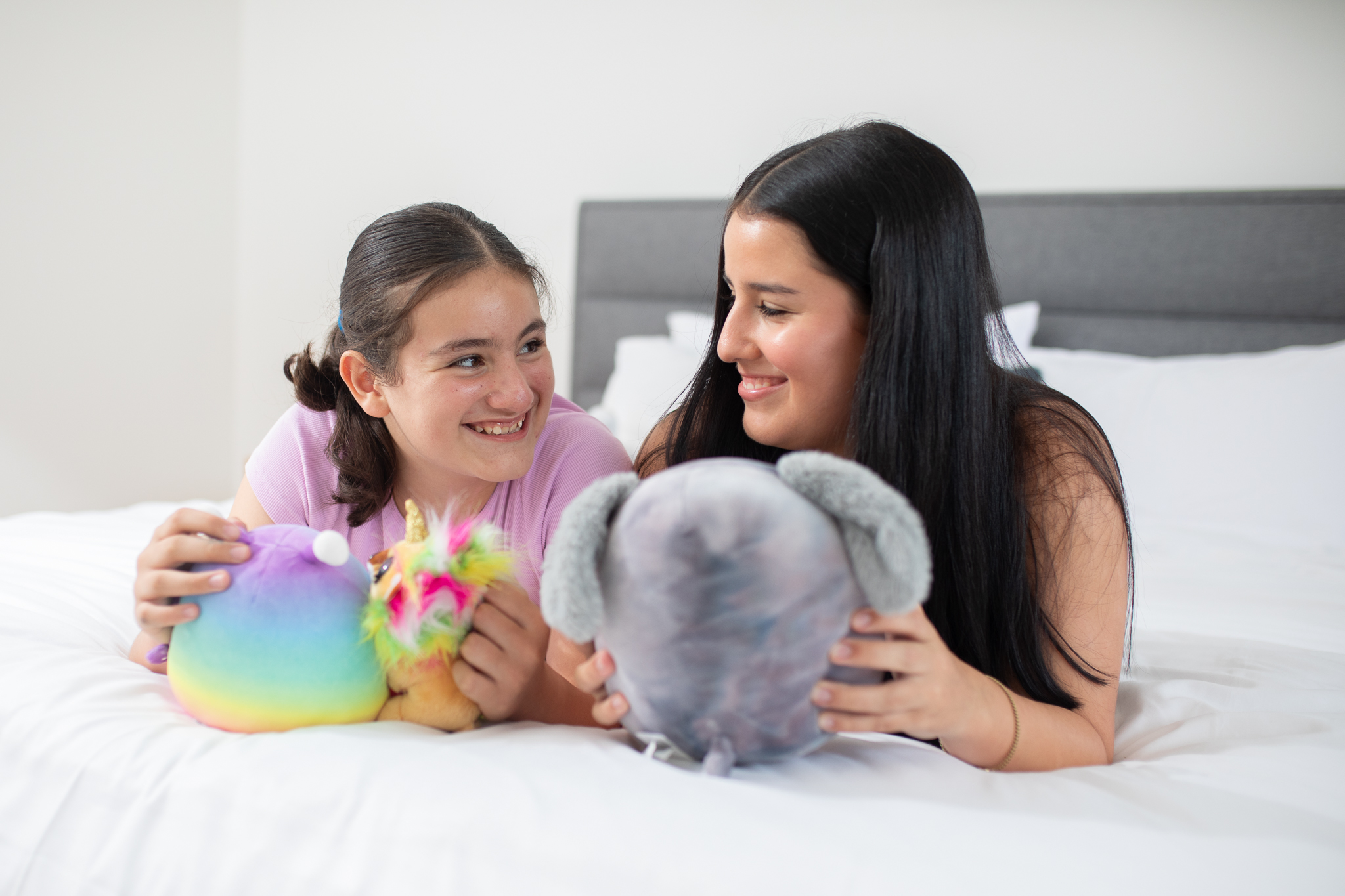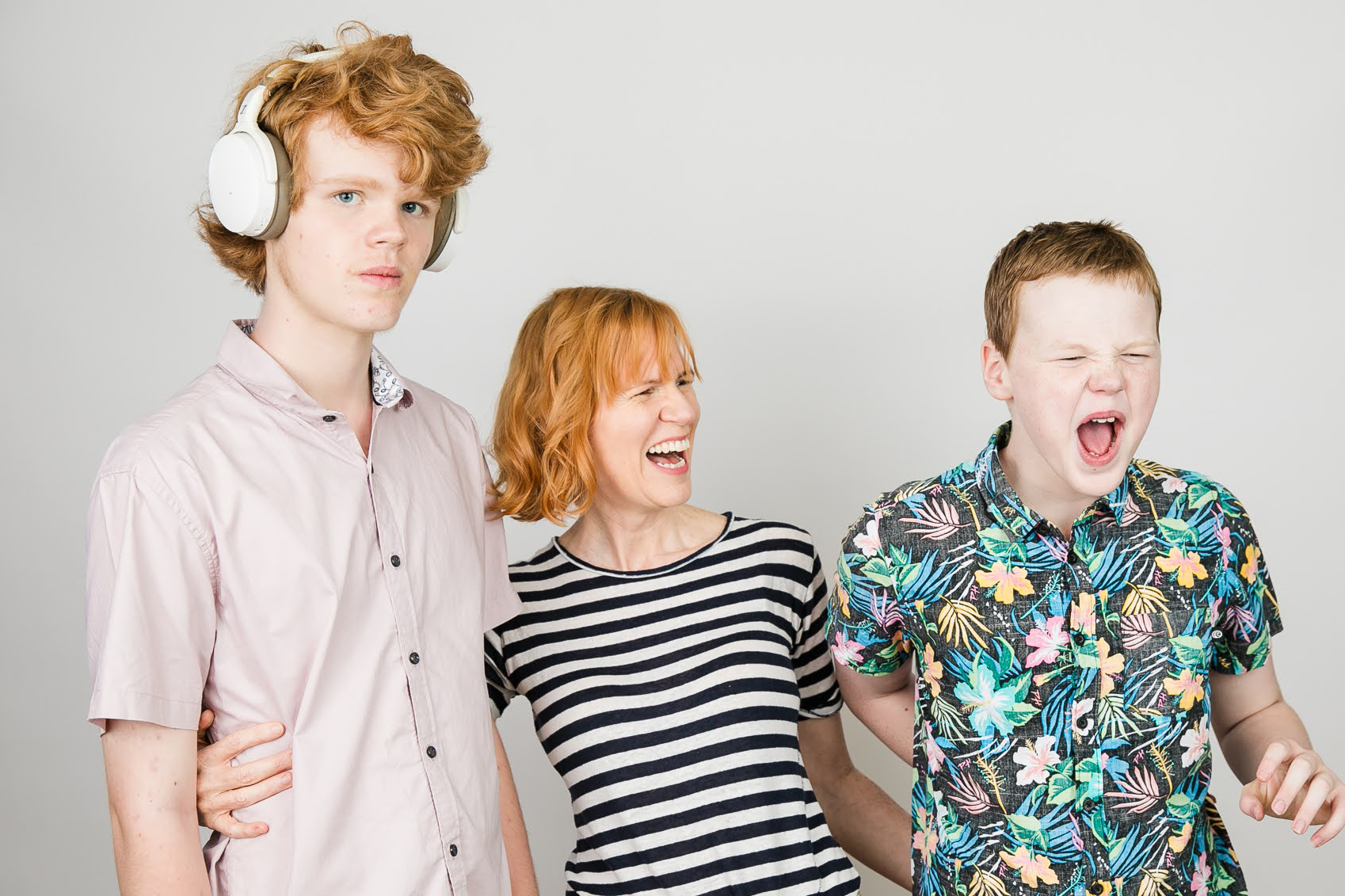Exercise and autism

Exercise is a crucial part of the health and wellbeing of both autistic and neurotypical people.
By completing physical activity on a regular basis, we can improve our strength, muscle and bone health, mental health and general fitness.
Unfortunately, many autistic people and their loved ones face a range of barriers to exercising frequently enough to see these benefits. Whether a busy schedule of therapies and commitments doesn’t leave enough time or local gyms and team sports aren’t accommodating of sensory and behavioural needs, it can be tricky to find a form of exercise that works, and enough time to do that exercise in.
We're going to take you through the benefits of physical activity for autistic children and autistic adults, with examples of beneficial exercises and motivation tips for both age groups:
Exercise for autistic children
Exercise is particularly important for children with autism, especially in those early intervention years. Regular physical activity, particularly in the form of specific and targeted exercises, can see improvements in:
- Gross and fine motor skills;
- Muscle strength;
- Coordination;
- Motor planning;
- Balance;
- Mood and behaviour;
- Verbal and non-verbal social and communication skills.
By adding enjoyable forms of exercise to your child’s routine on a regular basis, you’ll also encourage them to develop a positive attitude towards exercise, which will serve them well throughout their entire life. And if you’re able to exercise with them, that’s a win-win!
Here are some examples of exercises that can be especially beneficial for autistic children:
- Cardiovascular exercise
- Strength/resistance training
- Swimming and water play (particularly for children with sensory sensitivities)
- Fundamental movement skills such as running, catching, kicking, leaping, throwing, kicking and jumping
For specialised and individualised advice on appropriate amounts and types of exercise for your child, speak to a health professional. And for tips on keeping your autistic child safe around water, visit our page with advice from Autism Swim.
Exercise for autistic adults
Exercise remains just as important in adulthood as it does in childhood, but as commitments and routines change, you may find there’s less time to exercise, or the ways you exercised as a child are no longer available or suitable.
It’s particularly important for autistic adults to maintain a regular exercise regime, as this helps with the management and improvement of a person’s physical and mental wellbeing. One up-side for some autistic adults is having more autonomy over their routines, meaning they can choose a form of exercise that is both enjoyable and accommodates their needs.
Everyone is different when it comes to physical activity, and it can be difficult to judge whether you’ll enjoy a type of exercise until you give it a go. Remember that you may need to try a few different things before finding something that works, and don’t be too hard on yourself if you’re not able to find something or stick to a routine at first – we all struggle with motivation from time to time!
Jackson, a young man on the autism spectrum, shares his perspective on exercise:
'I love exercising and going to the gym because it has been a net benefit to my life. As someone who is usually hesitant to change in my daily routine, I was a bit apprehensive about going to the gym on a consistent weekly basis. However, after years of going and seeing the overall benefits it has given me - both in health and stamina - I can safely say that it has been one of the best decisions of my life.'

Our top exercise tips for autistic adults
See an exercise physiologist or get a personal trainer (PT)
If you find sporting teams and exercise classes overwhelming, a more personalised approach might suit you better. A personal trainer can develop an exercise plan to suit your abilities and directly address the goals you want to achieve. Whether you want to improve your gross or fine motor skills, balance, coordination, or reduce your anxiety and gain confidence, a PT can support you by closely monitoring your progress.
Cameron Paulinich, an NDIS provider at C3 Training Alexandria training men on the autism spectrum, explained what a personal training session for someone on the autism spectrum might look like, and why PT is so beneficial:
'Exercise is an essential part of daily life for everyone however the benefits for people with autism are much greater.
A lack of muscle tone and motor control is usually associated with autism however these can be reversed with a comprehensive exercise program. The focus for starting an exercise program would be from the ground up, activating the feet, legs and nervous system to ensure the participant feels safe and secure in their environment. Then the core and postural muscles can be assessed and trained to help with their daily living. Coupled with cardiovascular exercise it is a great way to teach emotional regulation and help clients socialise. An emphasis on cardiovascular health is important as a way to regulate emotions and check in with how the client is feeling during a training session.
Focusing on balance, hand-eye coordination skills and exercise that mimics day-to-day life is a great to help clients feel safe and secure in not only the training session, but their lives as well.'

Join an exercise class or group activity
Many people on the autism spectrum look for support with socialising and forming relationships. By joining an exercise class or group fitness activity, you can maintain your physical, emotional and social wellbeing all in the one activity.
Exercising in a group can be less intimidating, especially for those new to it, and can allow you to make friends with like-minded people and improve your confidence in social settings. They can also be more affordable than private lessons or using a personal trainer.
A good place to find one of these groups in your local area is to research the local gyms and studios. Some group fitness activities are also organised on social media, so take a look there as well.
Exercise independently
Sometimes traditional exercise options can be inaccessible to autistic people for a variety of reasons. It’s important, however, that you find some form of exercise that you can complete regularly in order to maintain your health and wellbeing.
Here are some examples of exercise that you can complete on your own and with little to no money or resources:
- Walk, run or job around your local area or a spot you find relaxing
- Swim in a private or public pool or at a beach (as long as you're a strong swimmer)
- Stretch (there are great YouTube tutorials you can follow!)
Where to next?
Developing an exercise routine for yourself or someone you know on the autism spectrum can take some trial and error. Remember to be kind to yourself and others as you discover what does and doesn’t work, and you’ll soon see the many benefits regular physical activity has to offer.
If you or someone you know is still new to autism, Autism: What Next? is the website for you. Check it out today for free and evidence-based information, tools and resources. For information and support for those more familiar with autism, visit our resources page.
Want more individualised support with your exercise routine? Check out the work of Cameron Paulinich and WeFlex and find a fitness regime that works!






